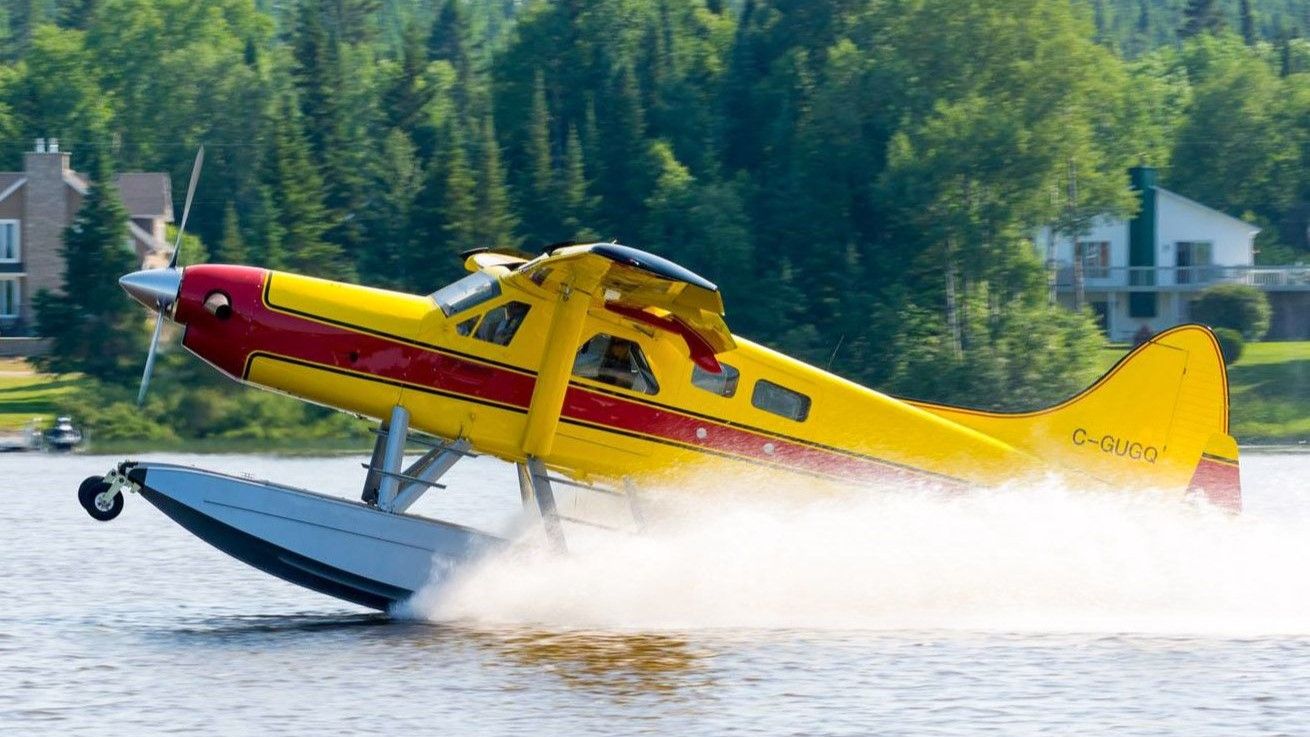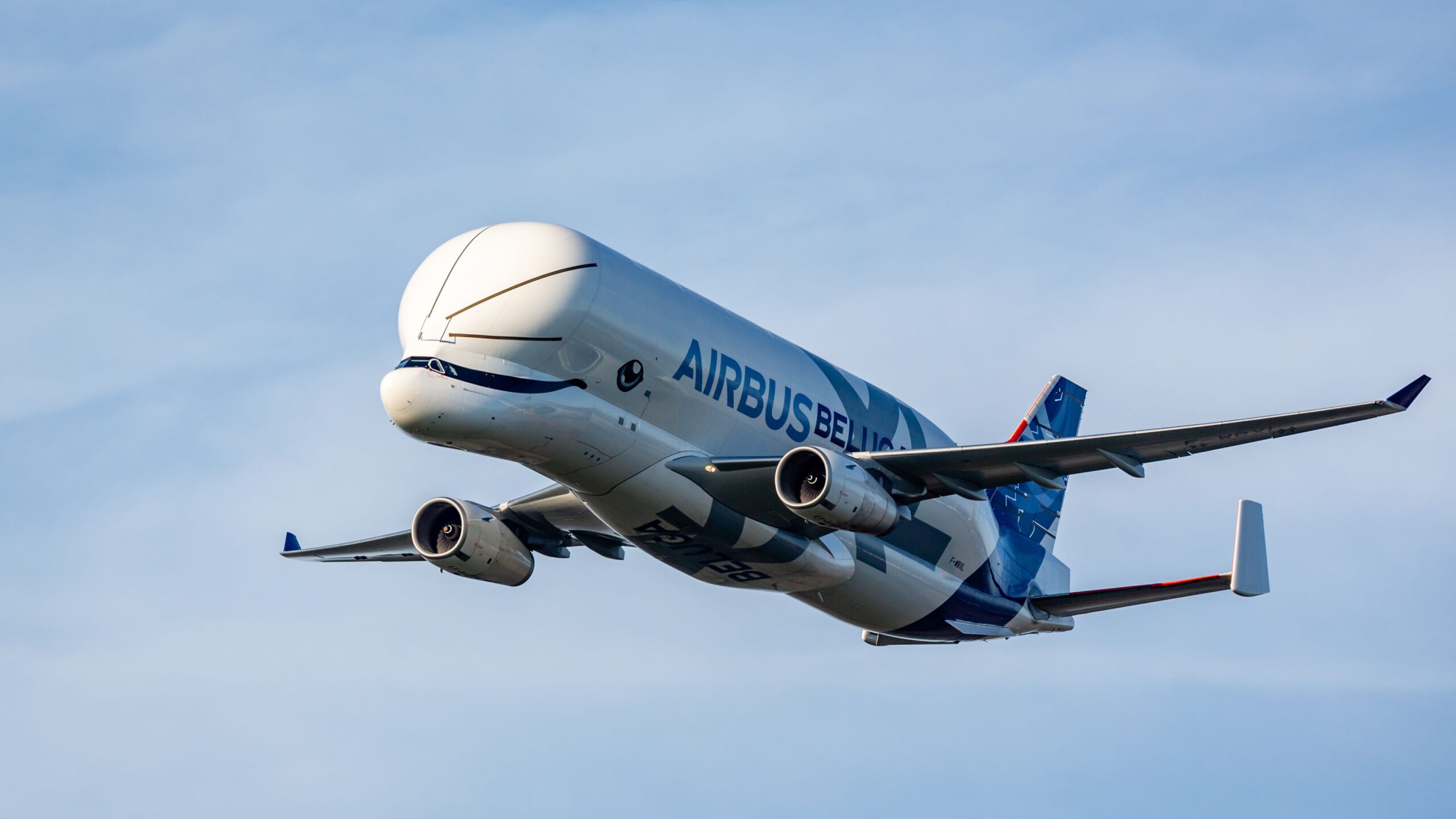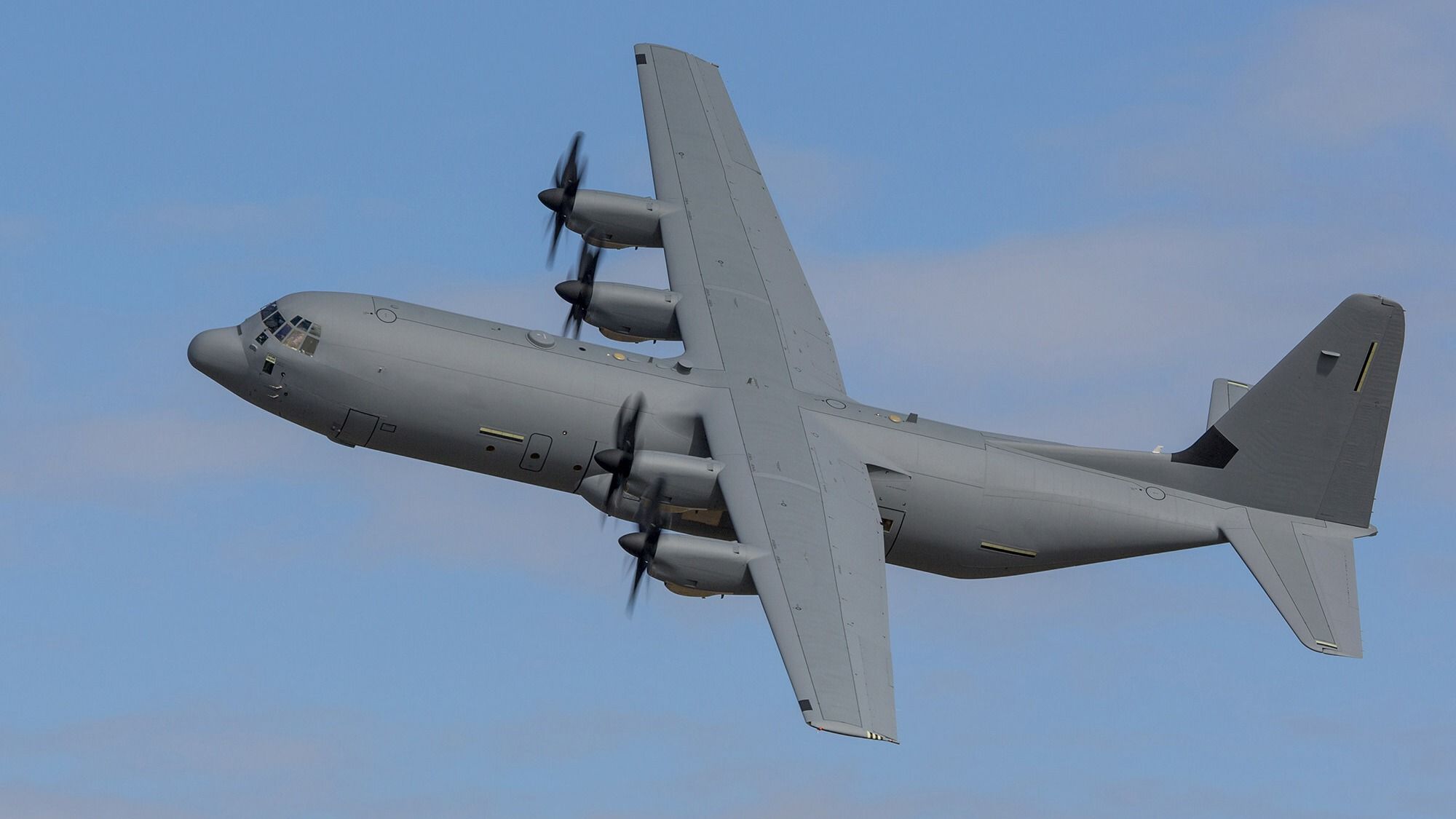Summary
- The AVD Turbo Beaver, a modernized version of de Havilland Canada’s DHC-2 bush aircraft, has received regulatory approval from Canada’s Civil Aviation Authority.
- AVD’s modifications include new engines, amphibious floats, and a glass cockpit, allowing for efficient long-haul operations.
- According to collaborator BAC Aerospace, production is expected to boost the economy in Val-d’Or, Quebec, and create skilled job opportunities in the aviation industry.
BAC Aerospace and Avionneire Val d’Or’s (AVD) de Havilland Canada DHC-2 Beaver-derived Turbo Beaver has been officially cleared for launch by Canada’s Civil Aviation Authority (TCCA).
Enter the Beaver
Designated as the AVD Turbo Beaver, the aircraft overhauls de Havilland Canada’s 75-year-old bush aircraft, adding a clean-sheet design engine based on Pratt & Whitney’s PT6A-34 turboprop engine used on a range of single and twin-engine aircraft, such as de Havilland Canada’s DHC-6 Twin Otter and Piper’s PA-31 Navajo, Wiplane 610 amphibious floats, and a Engine Indicating and Crew Alerting System (EICAS) capable glass cockpit, among other additions.
The project is the cumulation of almost a decade of planning, with the Turbo Beaver facing significant regulatory hurdles to obtain its Supplemental Type Certificate (STC) for AVD’s modifications. AVD relaunched its efforts in 2020, with BAC Aerospace joining the program to assist in making changes to meet Transport Canada’s compliance regulations. Other collaborators included Deca Aviation Engineering, SDC Consulting, and Avionics Design Services to smooth out any kinks in the aircraft.
The final product is a streamlined and modern turboprop, capable of outclimbing De Havilland Canda’s original DHC-2 at half the rate, alongside long-range capabilities, including up to eight hours of cruise time.
In a statement shared on Wednesday, BAC Aerospace confirmed that the TCCA had finally given the Turbo Beaver the all-clear. CEO and Principal Consultant Chis Baczynski celebrated the aircraft’s readying for service, adding,
“Together with AVD and our multi-company team, we are immensely proud of this achievement. The AVD Turbo Beaver represents an ambitious aircraft program of scope seldom undertaken in Canada.”
According to BAC Aerospace, amid demand from current Beaver operators for the overhaul, Turbo Beaver production is set to boost the economy around Val-d’Or, Quebec, and add a range of skilled roles within the aviation industry.
Other modifications
Having entered into service back in 1948, de Havilland Canada’s DHC-2 has served as the base for other aircraft in its inventory, including the DHC-3 Otter and the DHC-6 Twin Otter.
In recent years, operators and engineering companies have sought to modernize the versatile and reliable aircraft, modifying everything from its engines to its rudder to, more recently, its entire fuel system.
Photo: Harbour Air
Canadian floatplane operator Harbour Air notably shook up DHC-2 operations in 2019 after unveiling its electric ePlane. Harbour Air swapped out the original Pratt & Whitney R-985 Wasp Junior engines in favor of two magni500 electric engines. Though the range was shorted to around one hour of operations, Harbour Air’s ePlane 1.0 proved successful during its 2022 test flight and has since racked up over 43 miles of flights, prompting the development of the magni650-powered ePlane 2.0.
Like its AVD cousin, the ePlane 2.0 remains in the certification stage, with the airline not expecting to receive regulatory approval for its battery requirements until 2025 at the earliest. The aircraft is currently in development, set to take to the skies for testing next year.
What are your thoughts on AVD’s Turbo Beaver? What airlines would you like to see operating the aircraft? Let us know in the comments.






